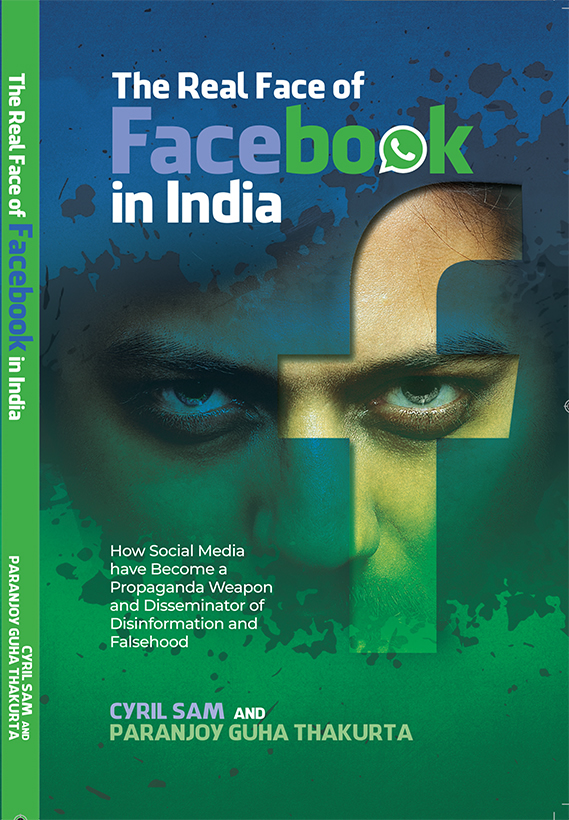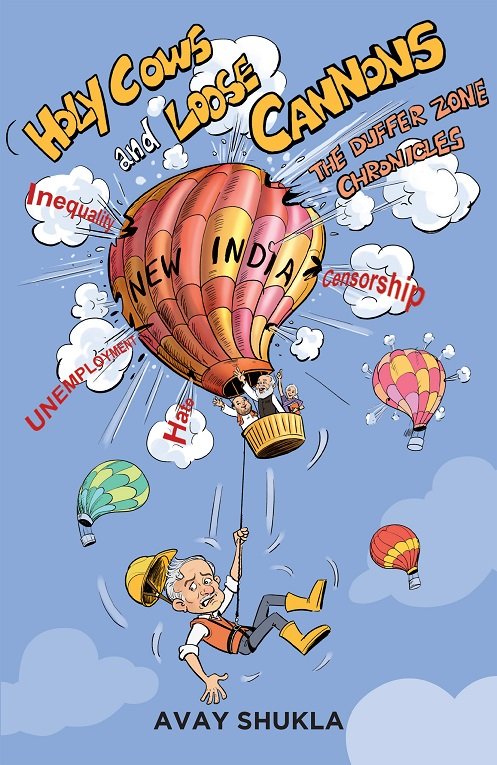In less than two decades, (from) what used to be a sleepy suburb of the national capital, Gurgaon has metamorphosed into a megapolis epitomising much that is good and terrible about urban agglomerations in India. As one of the fastest-growing cities in the country and the world, the one-time home of the mythological Dronacharya is a study in extreme contrasts: fancy shopping malls and gated colonies for the rich are a stone’s throw away from one-time villages that have become slums for domestic helpers and workers’ colonies. America and Dharavi co-exist cheek-by-jowl.
To reach upmarket restaurants and plush office buildings of steel and glass, one has to traverse through potholed, dusty roads. Water shortages have intensified and will worsen in the coming years as underground aquifers are depleting at an alarming rate. Barely a few kilometres away from lush-green golf courses are ancient hills that have been ravaged indiscriminately for their stones and trees. Sacred, bio-diverse groves have been desecrated by corrupt contractors working in cahoots with their political masters to enable them to earn big bucks.
As Gurgaon has expanded, the role and responsibilities of its municipal corporation have grown manifold. Unfortunately, this body has come to characterise bureaucratic arbitrariness, despite the presence of proactive members of civil society.
On May 29, the Municipal Corporation of Gurgaon (MCG) passed its draft budget for 2015-16, which envisages an income of Rs 1,788 crore and an expenditure of Rs 1,708 crore. This budget will have to be approved by the Haryana government which is headquartered in Chandigarh. When this approval is to come is anybody’s guess. The budget for 2014-15 was formally approved by the state government in January this year, two months before the financial year was to end.
The draft budget was passed after certain changes were made following the refusal of most of the 35 councillors to approve the initial draft made in March which was riddled with inconsistencies, over and above inflated and exaggerated claims about revenue earnings. Most of these anomalies have remained in the budget that has been approved. Many councillors were unhappy that they had not been consulted during the budget- making process. Elections to the MCG are scheduled for 2016.
The budget has made provisions for building new flyovers and a medical college-cum-public hospital. If the state government coughs up its dues to the corporation worth some Rs 550 crore (by way of stamp duties), work on an engineering college could also commence. A sum of Rs 1 crore will be spent on each of the 35 wards in Gurgaon that would be overseen by the councillors. None of these initiatives are controversial in the least. What is contentious are the assumptions made in the budget that have been highlighted by “Gurgaon Governance”, a citizen advocacy group.
As a resident of Gurgaon for over 15 years, this writer empathised with the issues that have been raised and on May 16 wrote an email to IAS officer Vikas Gupta, Commissioner, Municipal Corporation of Gurgaon. Not only was my email not acknowledged, no reply had come more than a fortnight later. Excerpts from the questionnaire are being reproduced here that will make evident the issues that relate to exaggerated revenues and inconsistencies in the assumptions that have been made in the MCG budget.
Analysing the figures in budget for the financial year 2014-15 with those for the current year, some glaring anomalies appear. It seems the MCG’s budget for 2015-16 lacks internal logic and there are strong indications that revenues as well as expenditures have been artificially inflated. Why has the MCG increased the expected revenue in the current financial year’s budget by 57 per cent compared to the previous financial year despite falling short of budgeted revenue by 61 per cent in the previous year?
The budgeted income from stamp duties accounts for half the corporation’s entire budgeted revenue. The suggested figure of Rs 712 crore pertains to previous dues receivable from the state government. How much will actually be received has apparently not been factored into the budget. Apprehensions have been raised that expenditure figures are exaggerated and leave scope for poor implementation, misplaced allocation, corruption and wasteful expenditure. Here are a few examples:
Why has the budgeted income from licence fees in the current financial year (Rs 10.1 crore) not been changed when compared to the previous year’s budget despite the fact that MCG managed to realise only half of its budgeted income under this head (Rs 4.5 crore) last year?
The highest item of expenditure is categorised as “miscellaneous”. A sum of Rs 408.18 crore of capital expenditure comprising 58 per cent of the total capital expenditure is categorised as “miscellaneous”. Why?
A sum of Rs 162 crore of revenue expenditure comprising 26 per cent of the total revenue expenditure is also categorised as “miscellaneous”. What exactly comes under the category “miscellaneous”? Should a detailed breakdown under this head not be made available?
Why has the MCG more than doubled its budgeted “establishment expenditure on staff” in comparison to the actual expenditure under the same head last year? The same can be observed in the budget under the head “information technology/professional/consultancy” which has increased by almost 300 per cent compared to the actual expenditure last year. This is also true for “office maintenance expenditure” which has increased 24 times in comparison to last year’s actual expenditure. Further, the budgeted expenses under the head “communication” shows an increase of 607 per cent compared to last year.
Unlike the instances cited above, the budget for “sanitation” has gone down by 34 per cent in comparison to last year’s actual expenditure. This appears strange at a time when the Modi government is emphasising its “Swachch Bharat” programme.
For the last three years, the MCG has been budgeting expenses for an office building. The MCG has again budgeted Rs 70 crore this financial year. But there is no evidence of even a foundation stone for such a building.
Finally, there is prima facie evidence that the accounts of the MCG do not adhere to the guidelines prepared by the Union ministry for urban development and the Comptroller and Auditor General of India (CAG). By the time the CAG presents its report on the MCG, it will almost certainly be too late to undo any damage that has been done.


